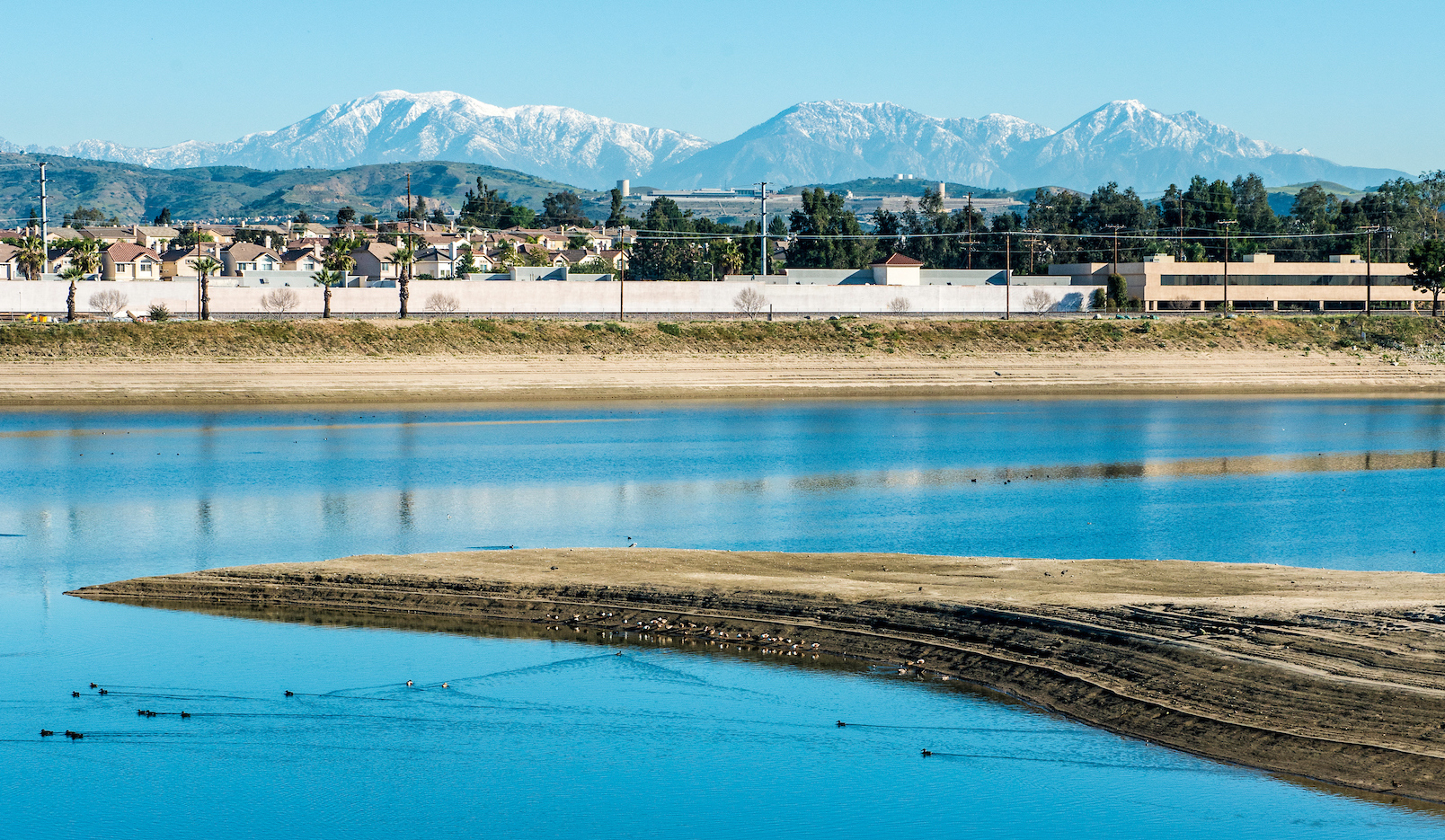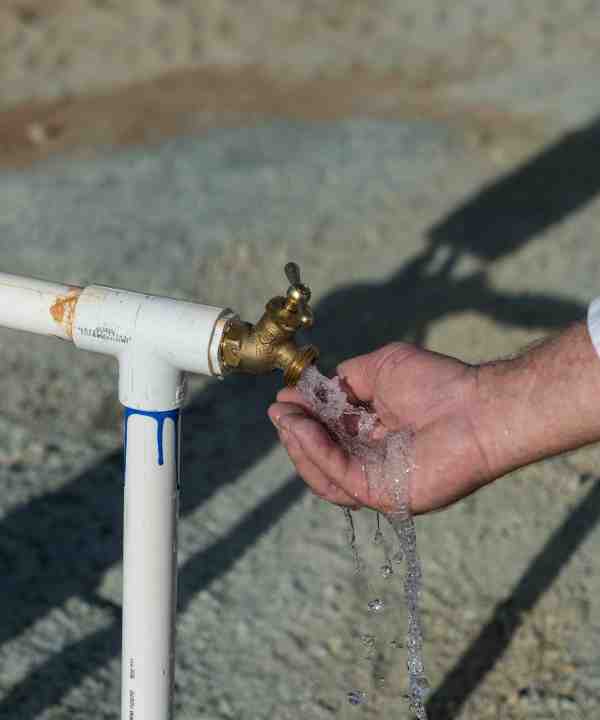April 17, 2019 | Water in the West | News
New report informs local agencies on avoiding water quality degradation under California’s historic groundwater law.
With deadlines looming, local agencies formed under California’s Sustainable Groundwater Management Act (SGMA) are focused on creating plans to sustainably manage groundwater in basins throughout the state. As the January 2020 deadline for critically overdrafted basins (2022 for high and medium priority basins) approaches, Groundwater Sustainability Agencies (GSAs) are charged with developing plans to avoid six “undesirable results,” including avoiding “significant and unreasonable degraded water quality.” A report released today from Stanford’s Water in the West program and funded by the Water Foundation provides GSAs with a resource to guide them through their responsibilities regarding groundwater quality under SGMA.
“For GSAs to develop plans that ensure a sustainable groundwater supply while also avoiding significant and unreasonable harm to groundwater quality, they will need both good data and a sound understanding of the laws governing this complex subject,” said Tara Moran, sustainable groundwater program lead and coauthor of the report.
Ensuring that groundwater quality is maintained at a standard that is acceptable for its intended uses, such as drinking water, is particularly important. Impacts to groundwater quality can affect a variety of users but tend to hurt small water supply systems and domestic well owners disproportionately. Writing plans which protect drinking water and ensure the management actions required under the law do not negatively impact groundwater quality will be critical.
In developing Groundwater Sustainability Plans (GSPs) that avoid “significant and unreasonable” impacts to groundwater quality GSAs face many challenges. First, GSAs must navigate and understand a host of existing federal, state and local regulations and laws related to water quality in order to achieve their goals. They must also assemble all existing data and information on groundwater quality within their basins and determine what further data should be acquired. The agencies face additional hurdles when it comes to groundwater quality because while the plans may put actions in motion to achieve sustainability, such as groundwater recharge, these and other management actions have the potential to change or expand existing contamination.
“We hope this guide will help GSAs by providing essential technical and legal information, together with recommendations on potential steps to comply with this important part of SGMA,” said Alletta Belin, a former Landreth Visiting Fellow and coauthor of the report.
The report aims to guide GSAs through understanding and addressing the complex task of avoiding degradation of groundwater quality by offering recommendations for the agencies as they write their GSPs. First, the authors stress understanding all existing water quality regulations and standards when setting minimum thresholds, along with identifying existing federal, state and regional sources of groundwater quality information applicable to the GSAs. The guide also urges the agencies to collaborate with Regional and State Water Quality Control Boards, which have pertinent data, expertise and regulatory authority over groundwater quality. In addition, if measures called for in the groundwater sustainability plans have the potential to impact water quality, GSAs are advised to evaluate issues and solutions to ensure the plans comply with SGMA. Finally, the report recommends that agencies create groundwater monitoring networks to supplement existing groundwater quality data.
“It was really encouraging to see the number of existing groundwater quality-related resources and datasets out there,” said Moran. “While many GSAs are likely to supplement these data with groundwater monitoring networks of their own, the existing information is an excellent resource for these agencies which are new to groundwater quality issues or to those who are looking to understand existing water quality issues and programs in their basin.”
While SGMA is a complex piece of legislation with many different priorities, this report supports GSAs as they develop the parts of their plans which address groundwater quality. “Providing solutions to support the successful implementation of SGMA will help sustain a safe and reliable source of water for all Californians,” concluded Belin.
This report was generously funded by the Water Foundation.



![[Woods Logo]](/sites/default/files/logos/footer-logo-woods.png)
![[Bill Lane Center Logo]](/sites/default/files/logos/footer-logo-billlane.png)